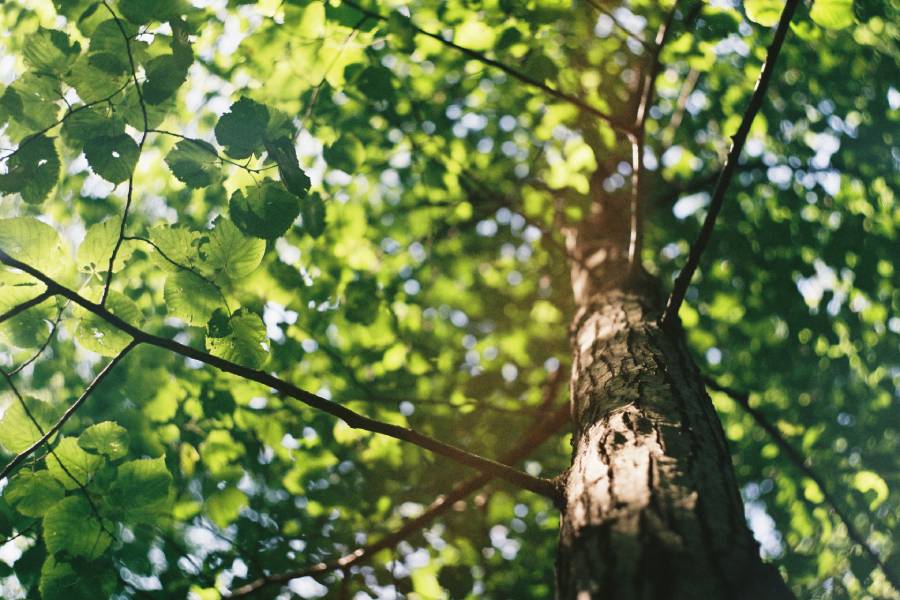Everyone knows the importance of trees for a home’s property value, with their beauty and benefits to our planet. However, trees also pose threats to a property that need to be considered before planting one or moving into a new home. For example, their branches can damage roofs and other parts of a property, and they can even damage public property such as power lines. This makes tree trimming a necessity. Periodically removing a tree’s branches can be done as a pruning technique for keeping a tree healthy, or as a precautionary measure to avoid branches from damaging overhead lines or structures.
As a homeowner, tenant, or landlord, it is prudent to know who is responsible for tree trimming and take measures to avoid any risks that may cause harm. We hope to clear up some common sources of confusion on the topic below.
What Are The Responsibility of HOA With Regards To Tree Trimming?
In most cases, community board members of an HOA are subjected to questions regarding landscaping, particularly about trees. Normally, HOAs are helped by state laws to determine ownership of a tree.
For a hometown or condo, the HOA may take responsibility to carry out maintenance on anything that is outside the property. This includes tree work and the yard. However, HOAs for single-family homes may be different.
To avoid any unnecessary disputes, HOAs usually have their own documents which outline guidelines for tree maintenance, tree removal, planting guidelines, and conservation. You should always confirm with a local HOA’s guidelines whether you have the right or responsibility to trim a tree.
Who Is Responsible For Tree Trimming Between A Landlord and Tenant?
Even if the responsibilities for yard care may have been spelt out in a lease agreement between a tenant and a landlord, generally, tree trimming is not specified. For most landlords, yard care revolves around planting flowers, mowing, and weeding.
When it comes to tree trimming, unless it has been specified in the landscaping addendum or via a lease agreement, conflict may arise between a landlord and a tenant. In the long run, both financially and legally, a landlord is usually responsible for tree trimming.
If the tree trimming required is for a small tree, then it might be okay for a tenant to take on the responsibility as part of the overall yard maintenance. Nonetheless, if a tree needs to be trimmed since it’s causing structural damages, a landlord is responsible for finding a solution since it can be classified as maintenance.
Who Is Responsible For Trimming Overhanging Branches Extending To Another Property?
The responsibility of a tree is usually determined by where its main trunk lies within the property. There are several cases where tree branches might extend into a neighbor’s yard. Normally, the owner of the tree is responsible for tree maintenance, including trimming back branches that may extend over a neighbor’s fence.
When branches extend beyond your property line, whether they are causing damage or not, your neighbor is also allowed to trim the tree. However, your neighbor should not cause any unnecessary harm to the tree.
Always Be Proactive
The best way to keep a property safe is to regularly check on the safety of all trees. This will involve inspecting them for diseases, dead or injured branches, or any other signs that may need attention.
As a landlord, appointing a real estate agent could save you a lot of time. Professional real estate agents usually have the required contacts for such services and may also provide useful knowledge that may further help your real-estate business. Contact one of our agents at Lone Star Realty today to see how we can help!




